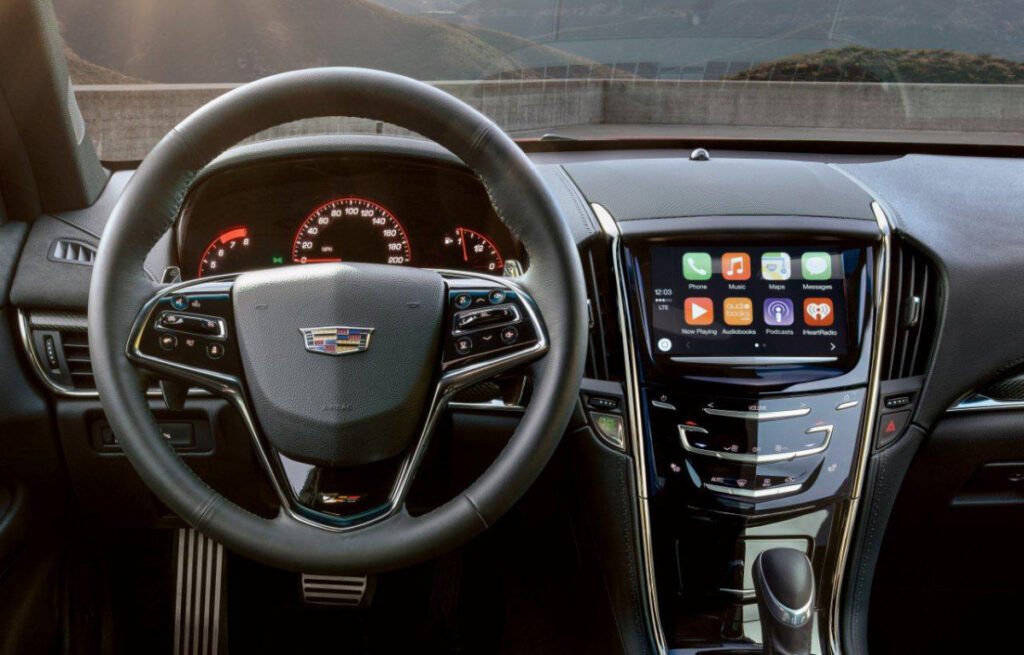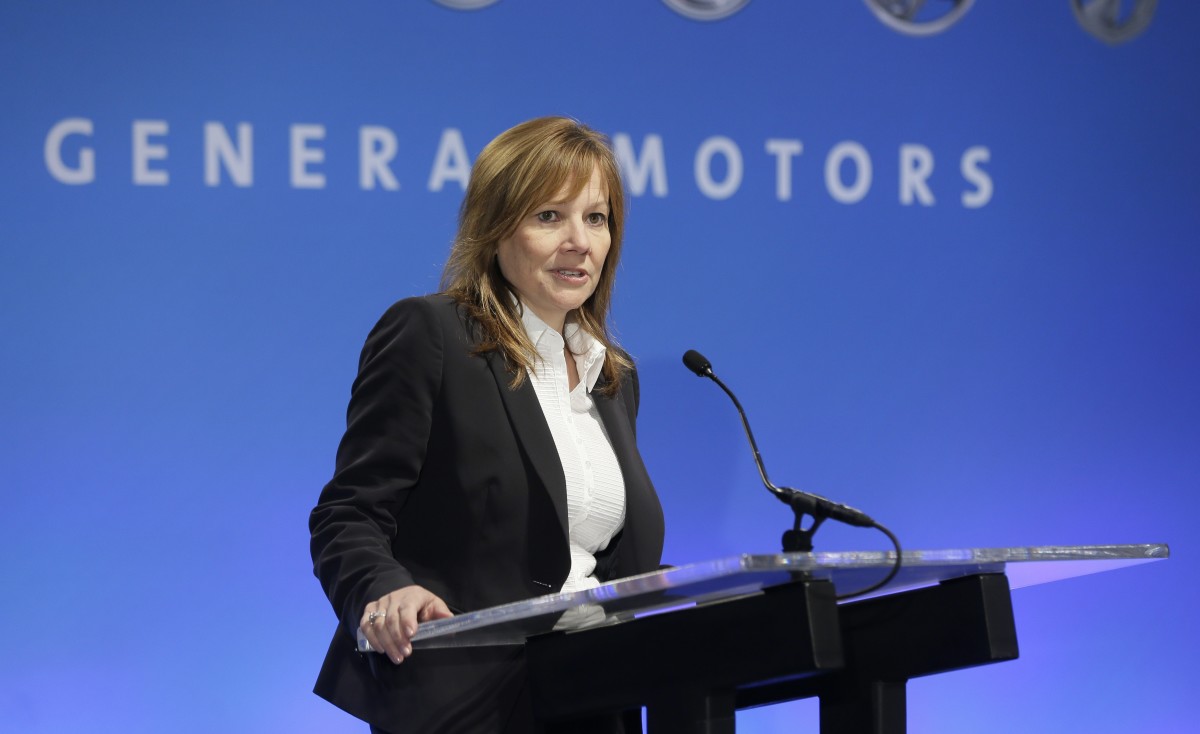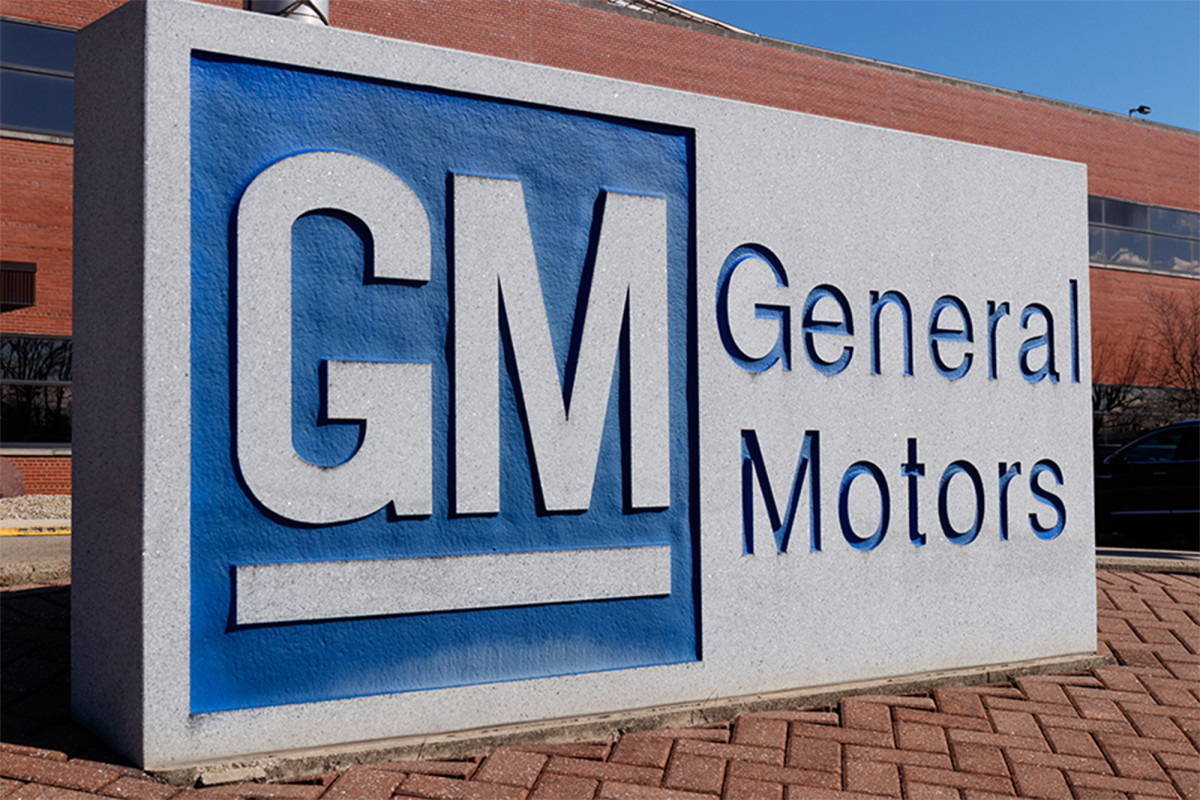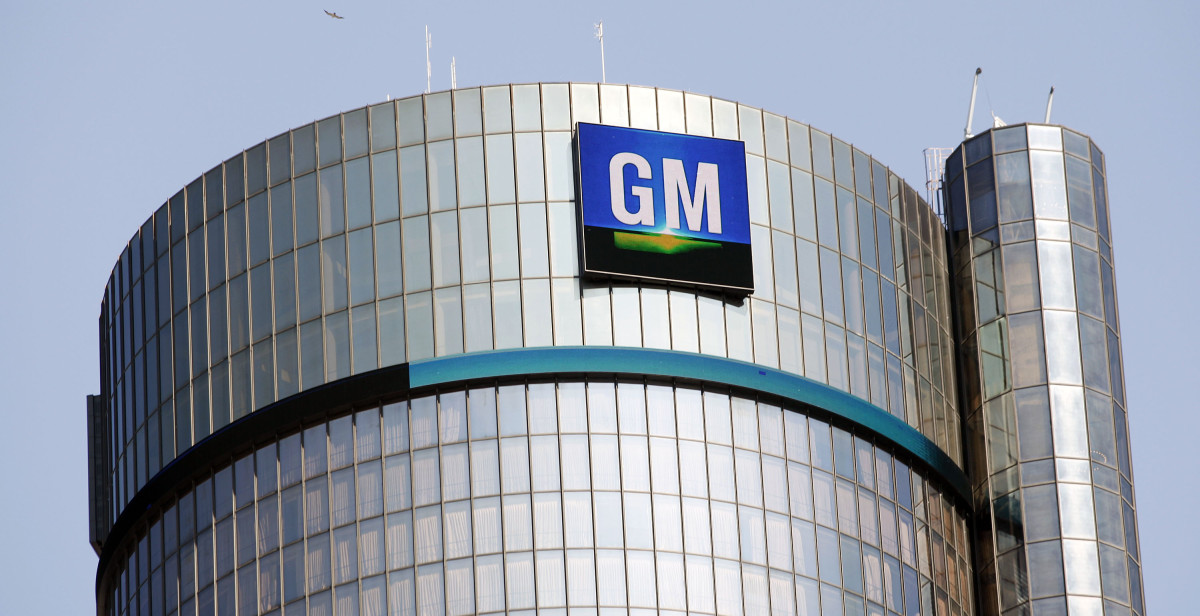
General Motors has confirmed it plans to remove Apple CarPlay and Android Auto from all future vehicles, expanding a controversial decision that previously applied only to its EV lineup. In an interview with The Verge, CEO Mary Barra said the move will eventually cover the company’s entire range, including gasoline and hybrid models, as GM transitions toward a fully integrated in-house infotainment ecosystem.
The automaker first began phasing out CarPlay and Android Auto in 2023 with its electric models, starting with the Chevrolet Blazer EV and Cadillac Lyriq. The upcoming expansion means even future internal combustion models will rely solely on GM’s built-in interface, powered by Google’s Android Automotive OS and supported by a custom app store, voice assistant, and cloud-based navigation.

Why GM Is Making the Move
GM says the change will allow for a smoother, safer, and more unified user experience. Barra described traditional smartphone mirroring as “fragmented,” arguing that customers switching between native vehicle software and their phones disrupts the flow of connected features like navigation, energy monitoring, and driver assistance.
It’s a controversial position, but not without industry context. As automakers have grown wary of Apple’s expanding control over dashboard systems. CarPlay Ultra, the next-generation version set to replace entire vehicle interfaces, would further limit what automakers can customize or monetize, a move many brands see as encroaching on their software independence.

Risk and Reward
GM’s long-term goal is to turn its vehicles into “software-defined platforms,” unlocking revenue from subscriptions and in-car services. But the short-term risks are clear. Consumers have overwhelmingly embraced CarPlay and Android Auto for their familiarity and reliability, and GM’s decision could alienate tech-minded buyers who expect these features by default.
Still, GM appears confident in its trajectory. Its rapid EV growth, driven by Ultium platform rollouts and improved software, has already positioned it as Tesla’s closest competitor in the U.S. market. GM believes controlling the digital interface will strengthen that advantage as vehicles become increasingly software-driven.
The financial dimension, however, adds complexity. GM’s evolving electrification strategy has already impacted earnings, underscoring how costly it can be to overhaul hardware and software ecosystems simultaneously.

Why It Matters
This move signals a broader industry trend: automakers reclaiming the digital dashboard from tech giants. For GM, the payoff could be a tighter integration of services, data, and driver assistance features, but success depends on execution. If its system feels clunky or limited compared to CarPlay and Android Auto, the backlash could outweigh the benefits.
In short, GM’s decision represents a bold bet on software control over consumer preference. Whether it leads to innovation or isolation will depend on how convincingly GM can deliver a system that’s genuinely better than the one drivers already love.


